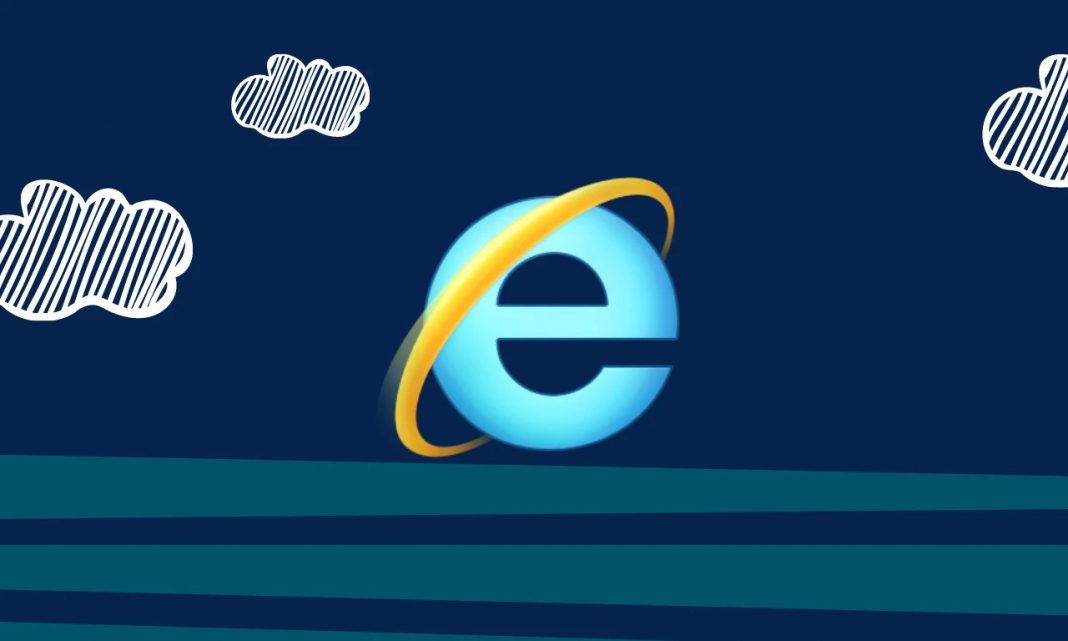Decades ago, Microsoft used its might to turn Internet Explorer into the de facto standard for web browsing. That got the company into hot water with regulators, but it was all for naught. Internet Explorer was on the decline for a long time before Microsoft moved to Edge. Now, it’s the end of the line for IE. Microsoft is following through with its plans to retire IE as announced last year, and the big day is just three weeks away on June 15th.
As recently as the early 2000s, Microsoft’s browser held almost the entire market. Then came the likes of Firefox and Opera, which began eating into Microsoft’s lead. The tipping point came in 2009 at a time when people began expecting more from their desktop browsers, but Microsoft was hesitant to add modern features to IE. That’s the year Google released Chrome, which caused a precipitous drop in IE usage. Google was neck and neck with IE by mid-2012, and then it left Microsoft’s browser (and everyone else) in the dust.
Microsoft began updating Internet Explorer more regularly, but the damage was done. It moved to the Edge browser in 2015 with the release of Windows 10, but even that didn’t reverse the company’s online fortunes. It recently scrapped the old Edge and moved to a version based on the same open source Chromium code as Google Chrome.
Microsoft has been moving toward killing IE for several years, but its usage share is still around 0.38 percent, according to StatCounter. Edge, meanwhile, enjoys a four percent market share, and Chrome is around 64 percent. While IE’s user base is tiny, even a fraction of a percent of the entire internet-using population is still a lot of people. Microsoft is naturally urging these folks to upgrade to Edge in advance of June 15th, and it’s not taking “no” for an answer.
Hence, after next week, you will no longer be able to use Internet Explorer and those who still use it will be redirected to the Edge browser. Microsoft shared all the details about the impact of IE’s retirement in an official blog post last year.
The upcoming deadline isn’t just the end of support — Microsoft hasn’t updated Internet Explorer since 2020. This is when Microsoft will begin actively disabling Internet Explorer on Windows 10 systems. These computers will all have Edge pre-installed, so users will have another browser ready to go. In the days and weeks after June 15th, users who try to load Internet Explorer will find themselves redirected to Edge. Microsoft has recently clarified that it may also roll out a system update that streamlines the process.
It is also worth noting that even though the Internet Explorer 11 desktop app will drop support for most versions of Windows 10, it will continue to support older Windows versions like Windows 8.1, Windows 7 ESU, Windows SAC, and Windows 10 IoT LTSC. Furthermore, users looking to use IE on unsupported Windows versions can enable the dedicated IE mode in Edge Chromium to load old websites and apps that do not work on Edge or other Chromium-based browsers.
To transfer bookmarks saved in Internet Explorer to a new browser, you must:
- Export your bookmarks in Internet Explorer to a file
- Import your bookmarks file into your new browser:



